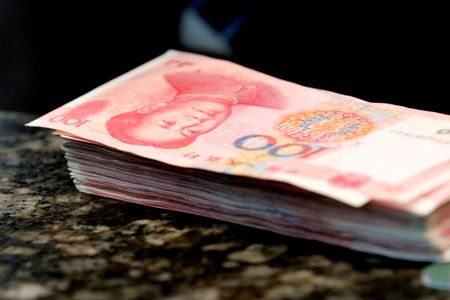A look at the day ahead in European and global markets from Vidya Ranganathan.
The U.S. dollar’s protracted smile is making China and Japan uncomfortable. China, unencumbered as it is by global pacts and commitments on market rates, has reacted swiftly this week. State banks have sold dollars to slow the yuan’s decline, and the mid-point for daily trade has also been adjusted.
The next cab off the rank is Japan’s finance ministry, and top yen diplomat Masato Kanda is “not ruling out any” options to fix a rapid and one-sided yen decline.
Both countries have not done much since mid-May as the dollar cruised higher, gaining 8%-10% against their currencies and for any number of reasons – the yields, the flailing Chinese economy and the health of banks.
But it’s time to get twitchy when the yuan is closing in on the 7.3-per-dollar levels last seen in November and, before that, in 2008. Likewise, when it’s around the 145-150 levels, the yen tips the cost-benefit balance for Japan too. Japan’s yen has weakened against the dollar so far this year significantly more than its regional counterparts.
The yuan has slid more than 4% against the dollar so far this year. One factor that might be worrying Chinese authorities, analysts say, is that the yuan’s value against its major trading partners has fallen 2.16% this year, according to Reuters calculations based on official data.
Meanwhile, as we wait to see when Japan intervenes, it helps to remember Japan always goes for big. Think September and October 2022, when it spent upwards of $60 billion as the yen fell to 32-year lows. Those with short yen positions hoping to time a perfect trade need only look at the yen chart, and its 14 yen rally over 3 weeks for a tip.
Key developments that could influence markets on Tuesday:Britain house prices, ECB’s Sintra conference kicks off.
(Editing by Muralikumar Anantharaman)





